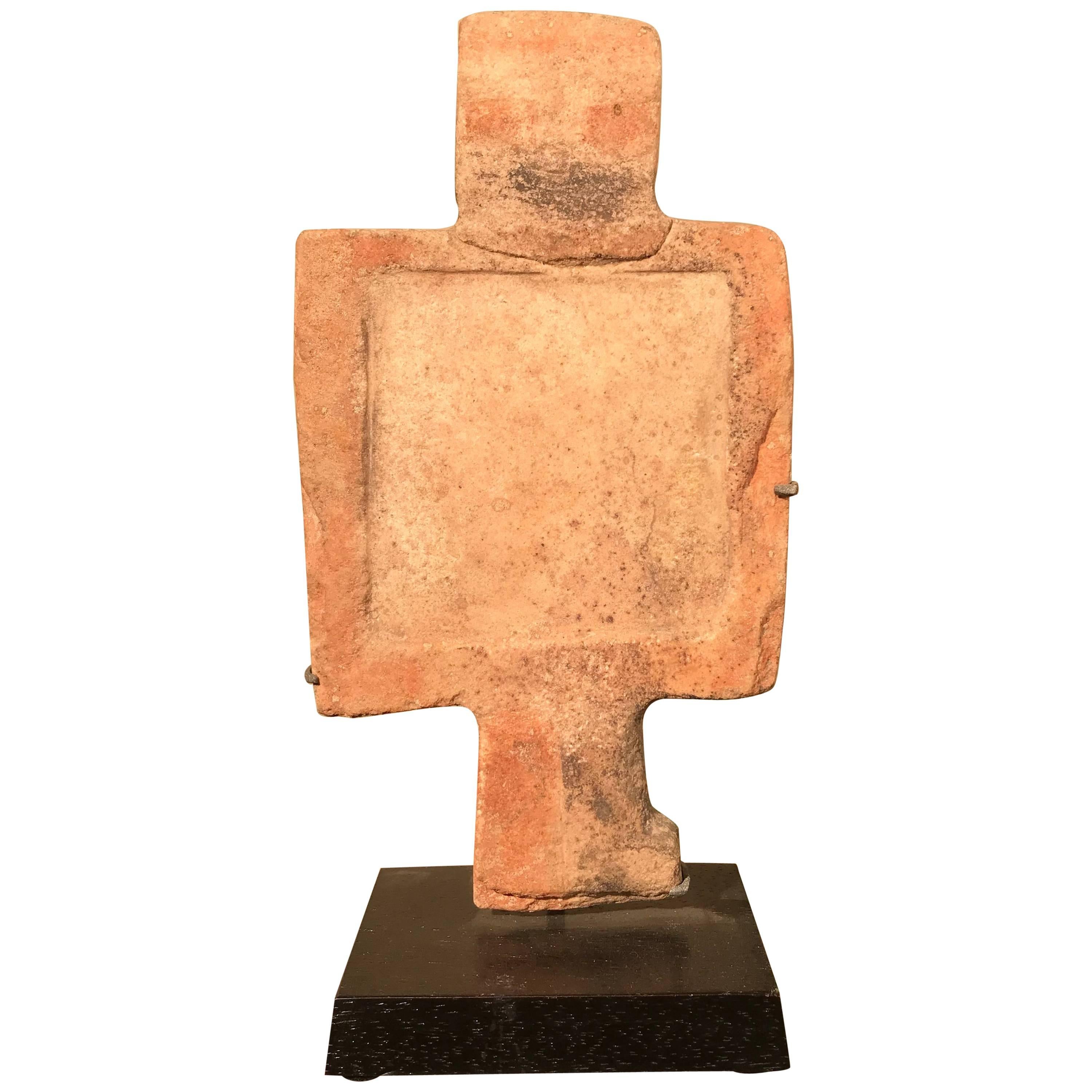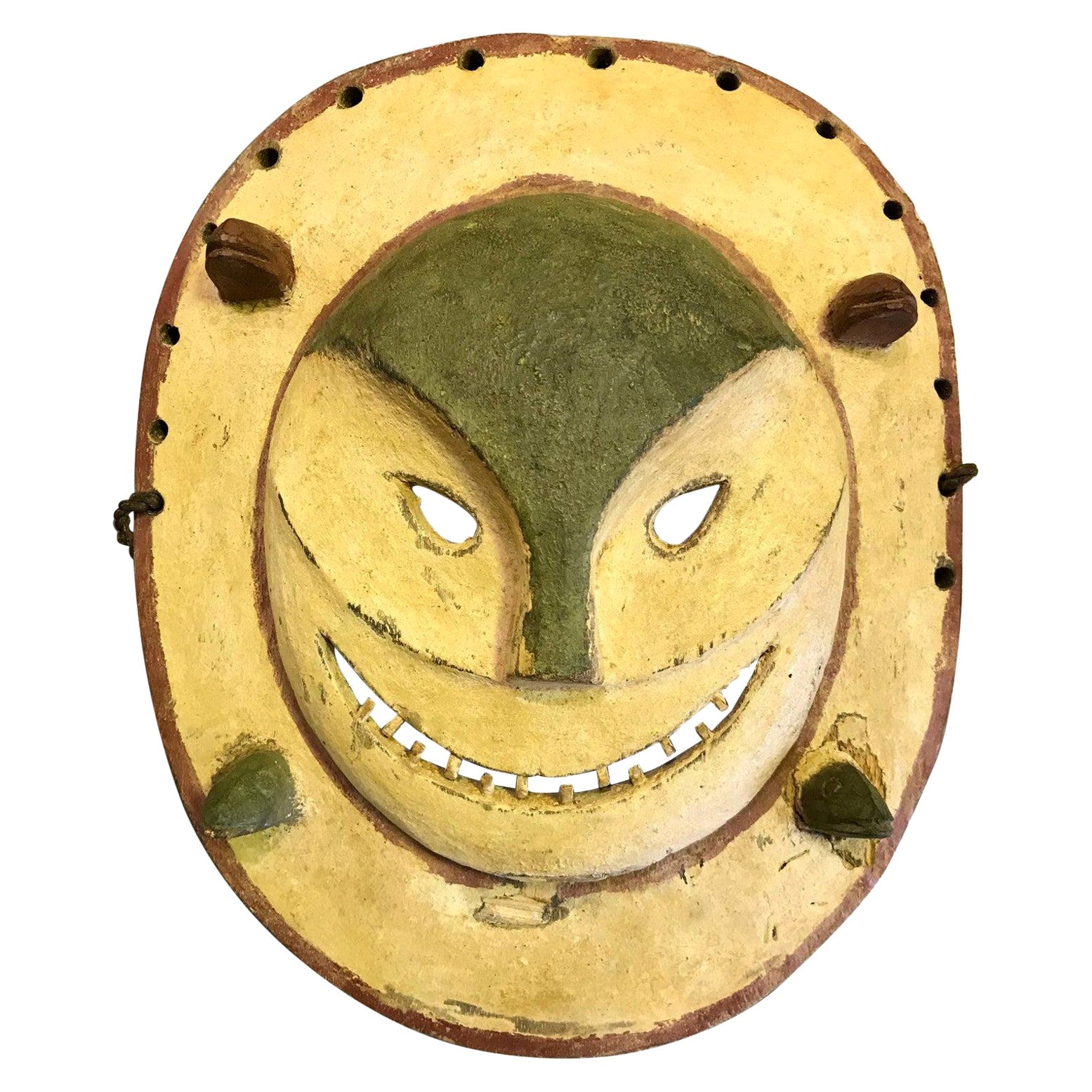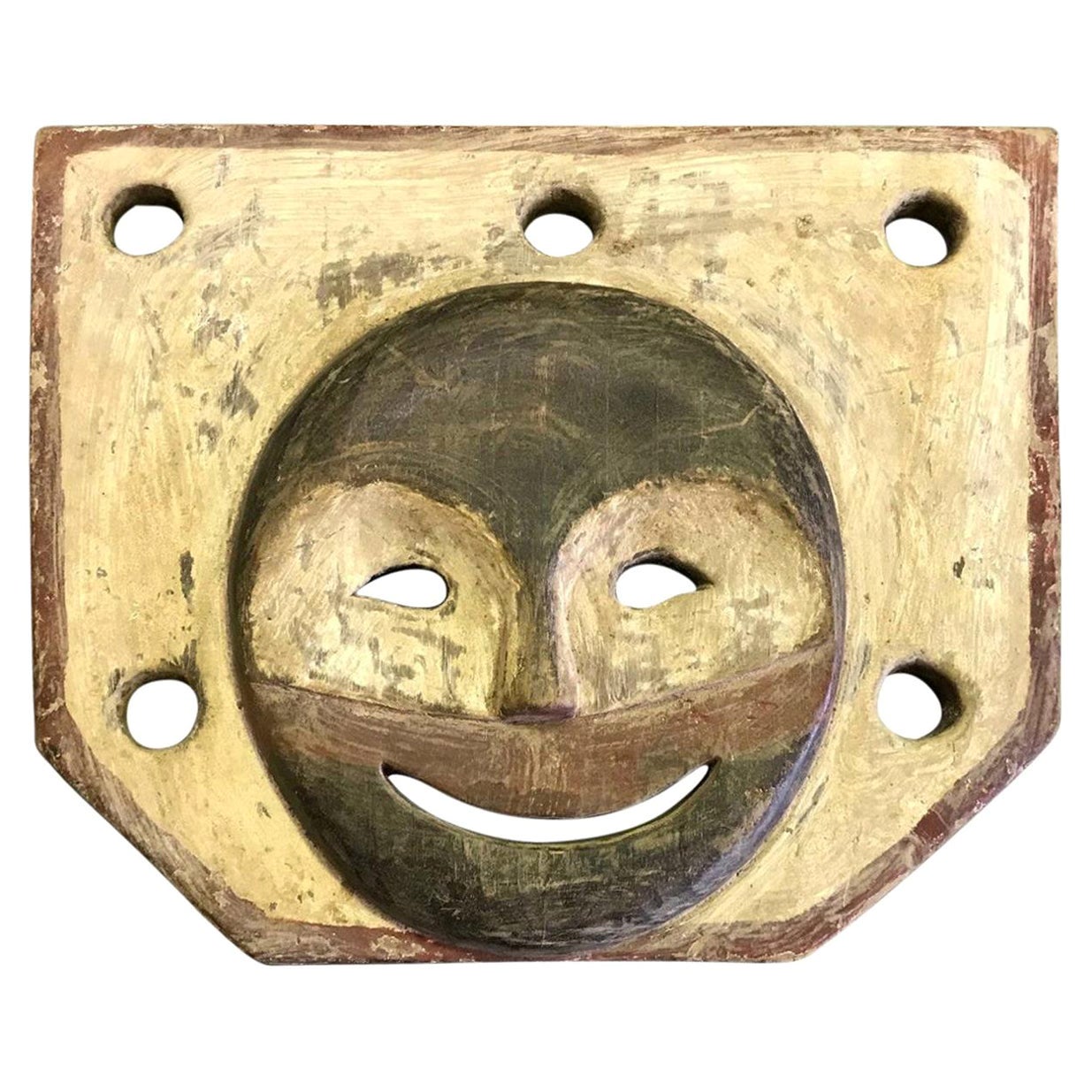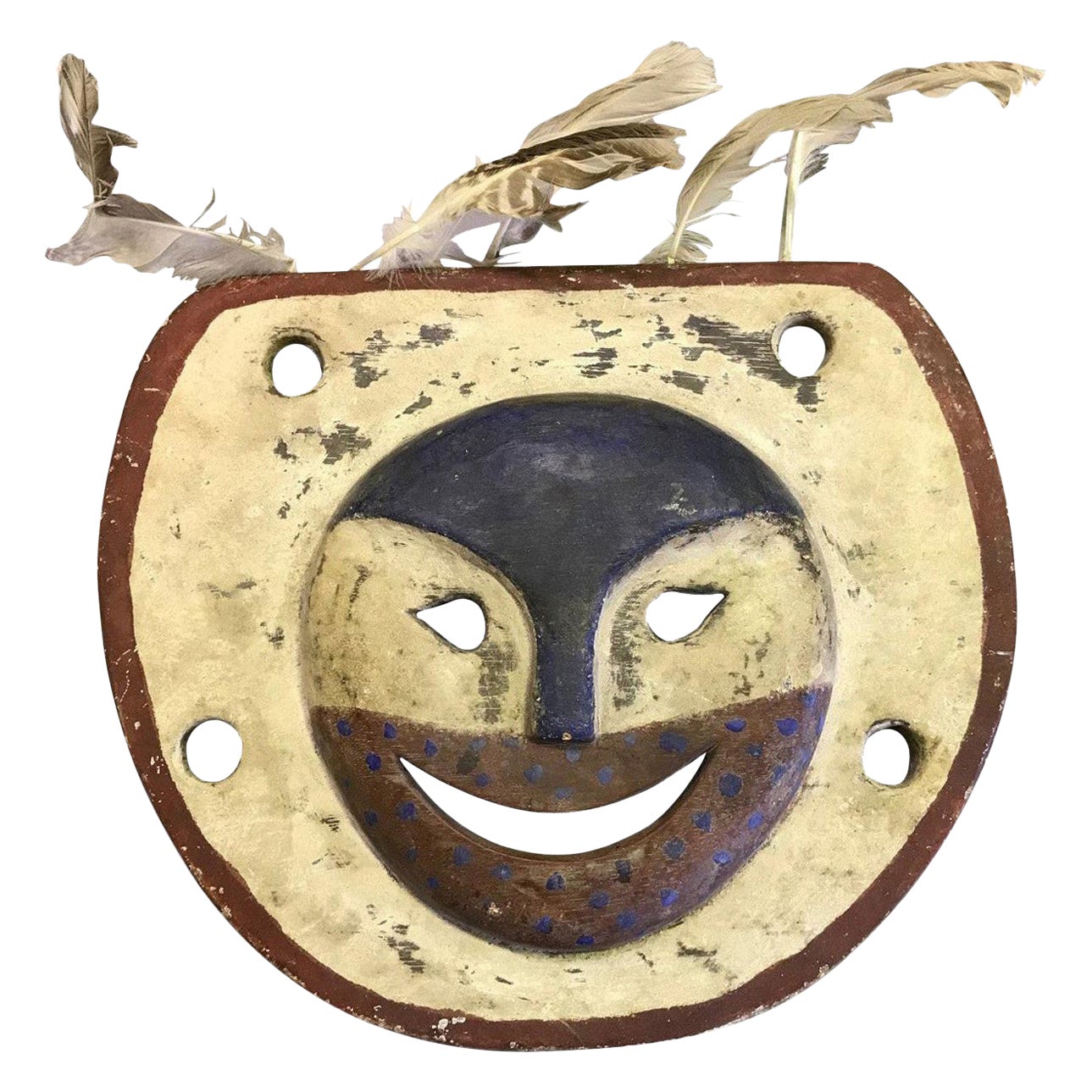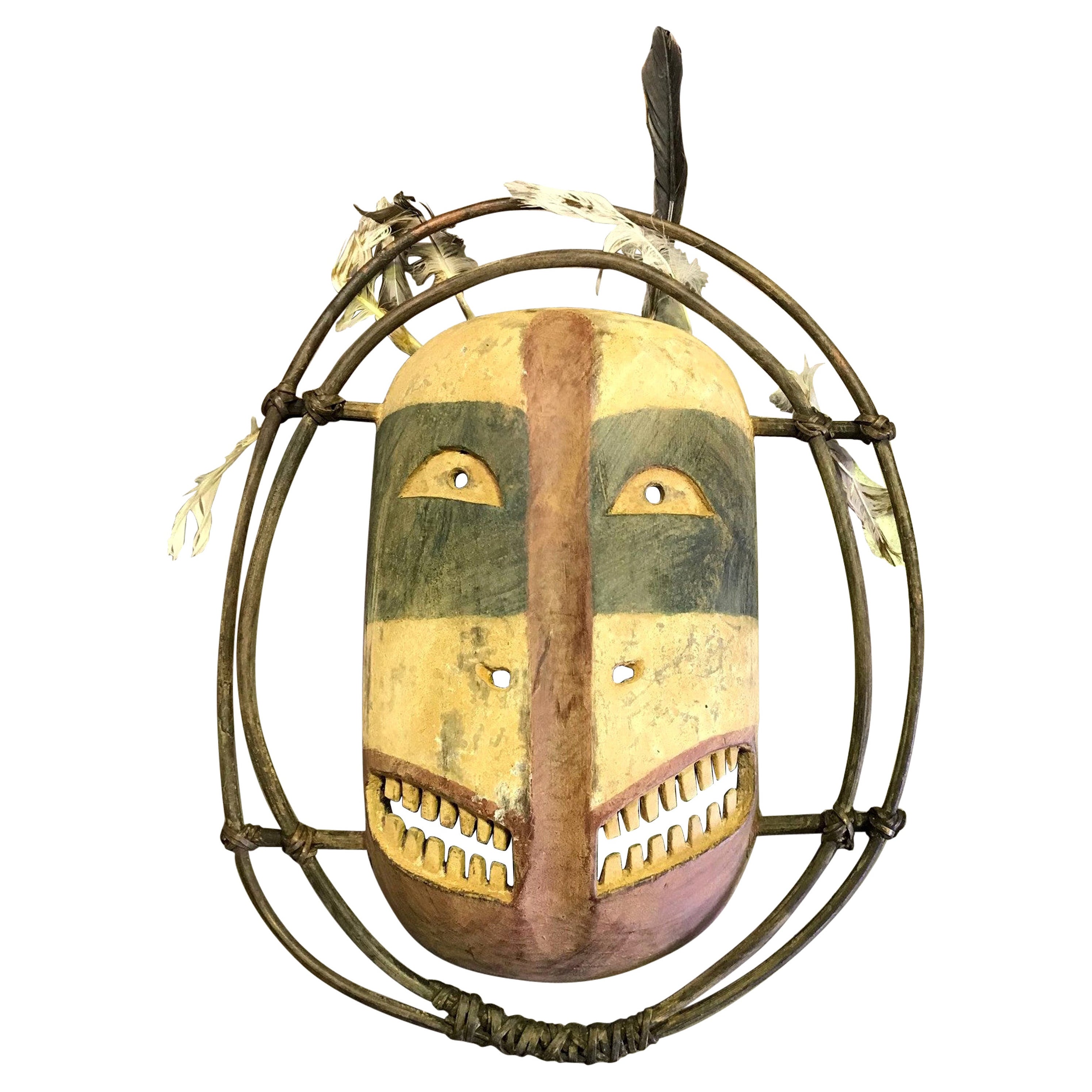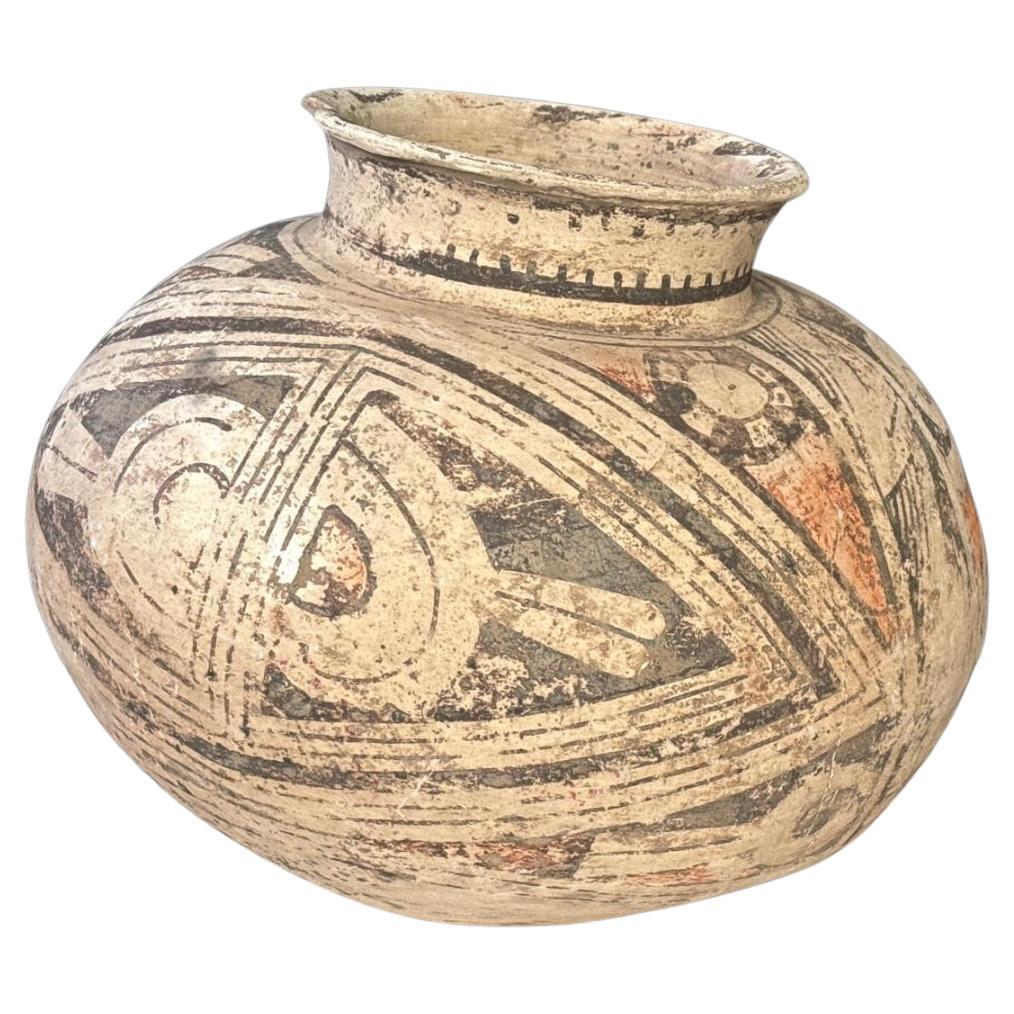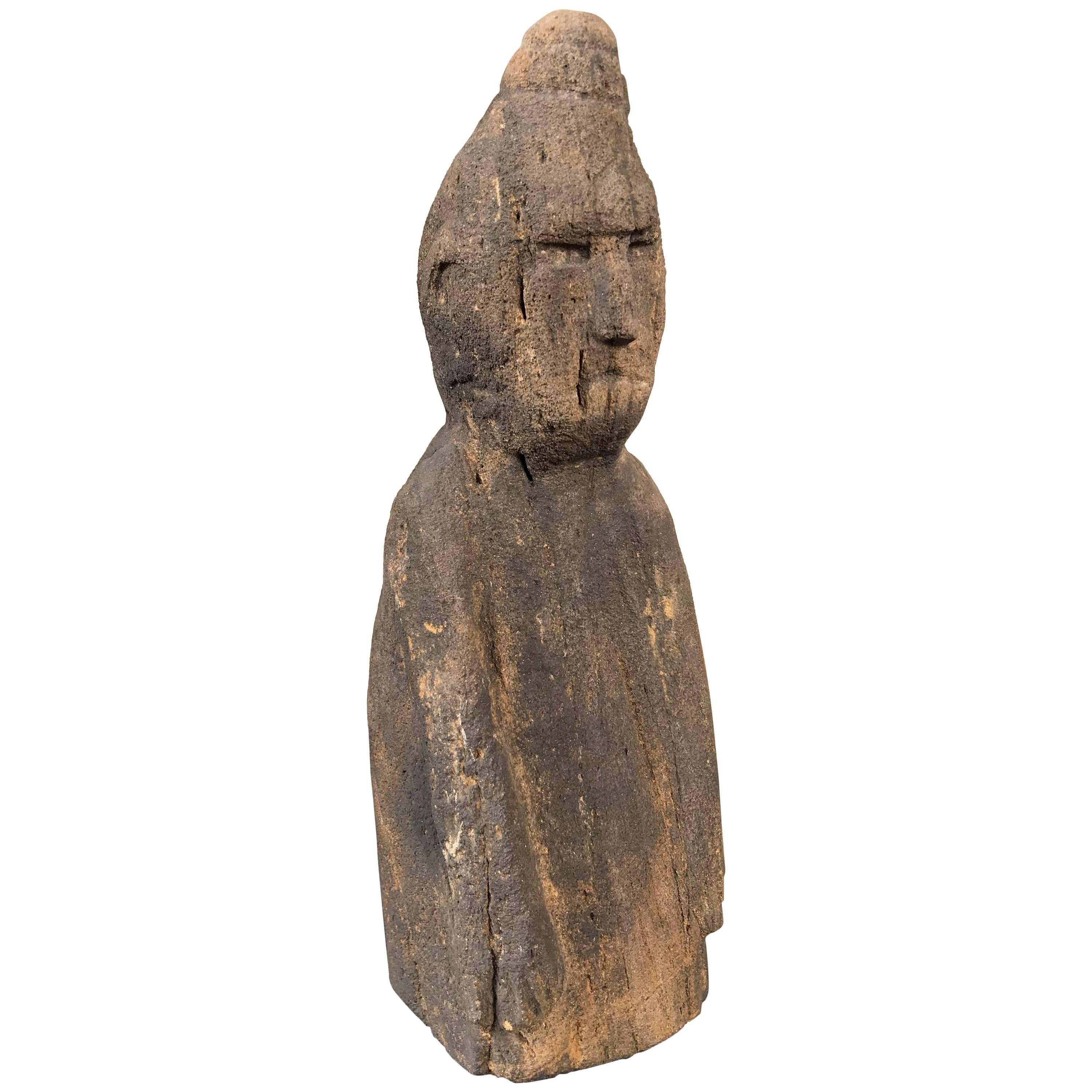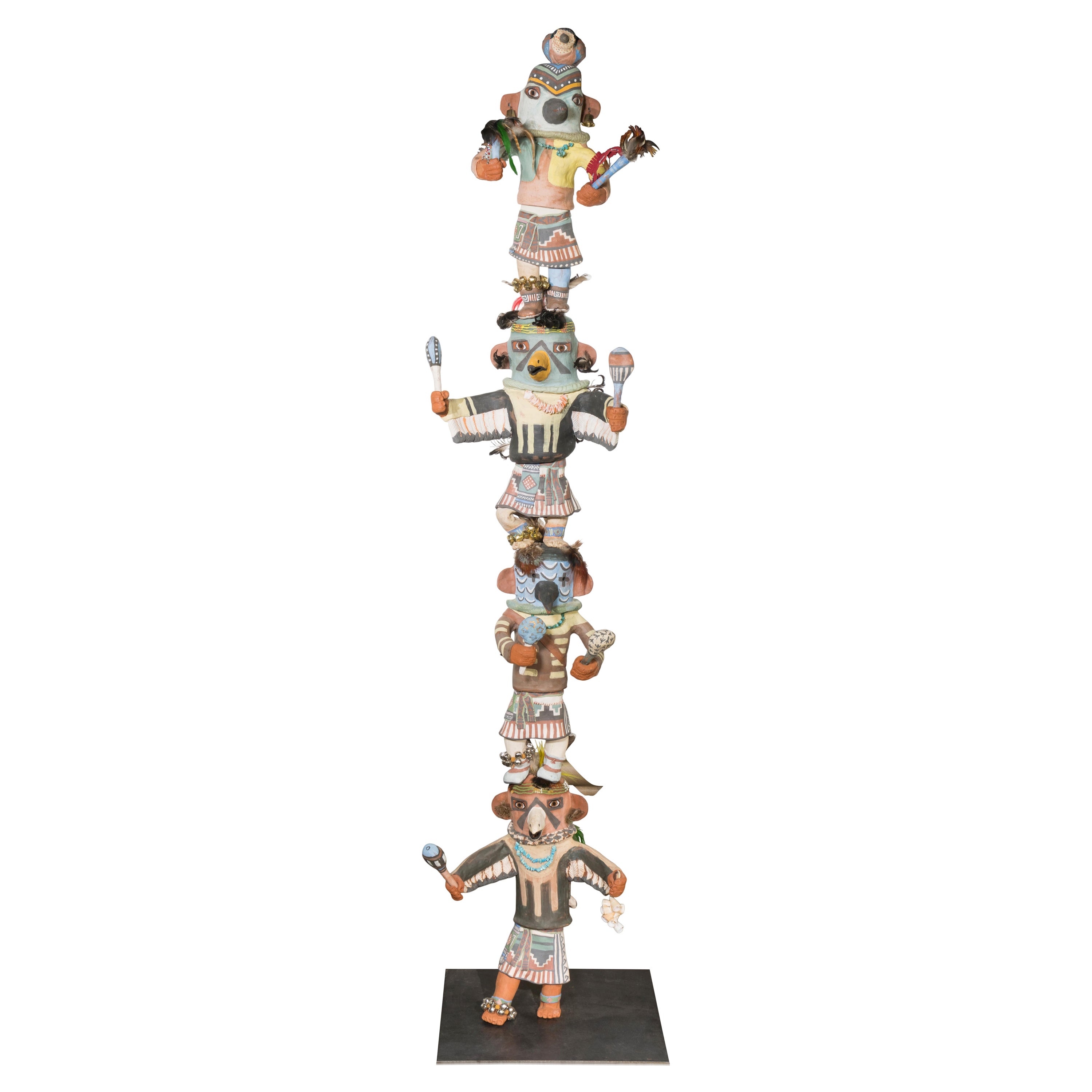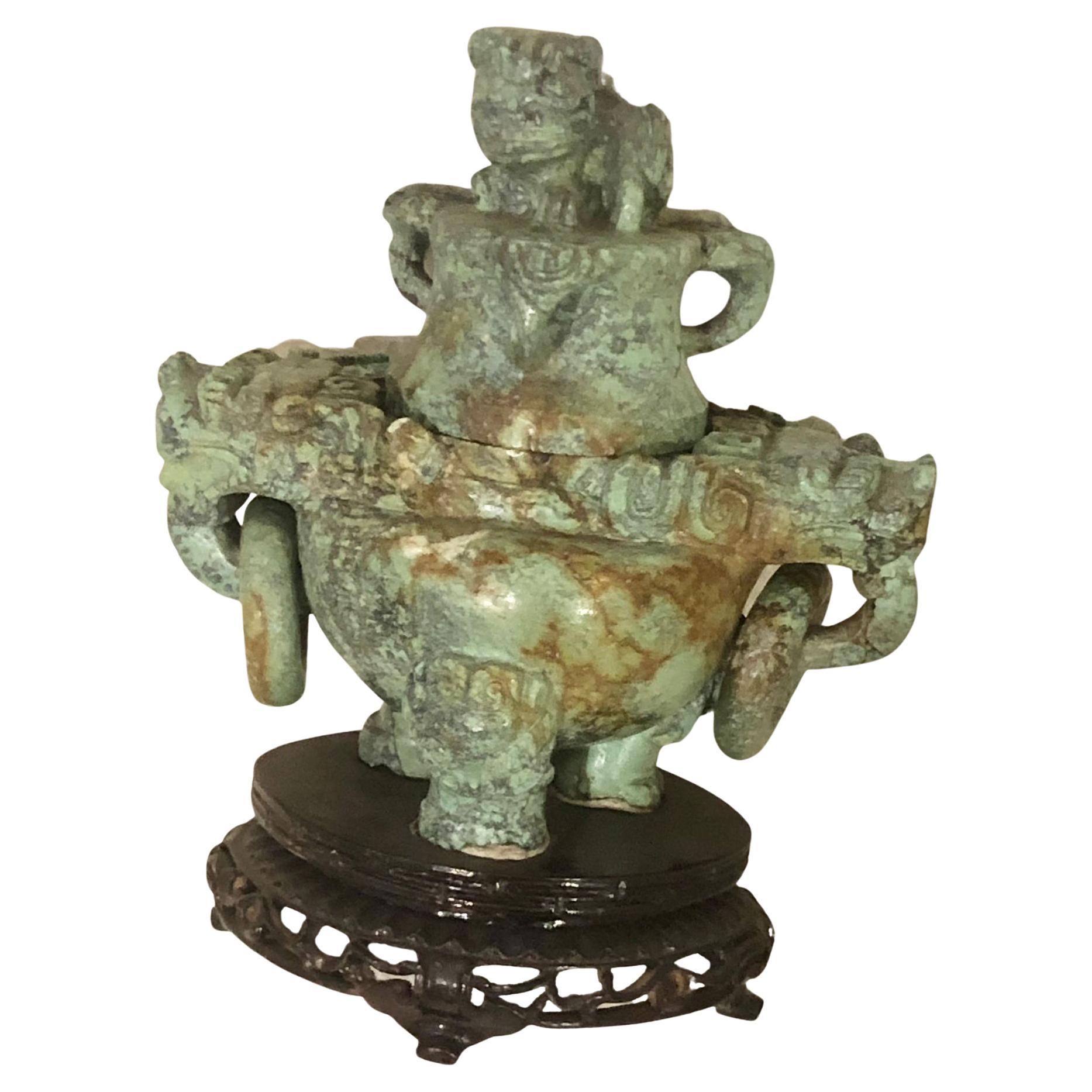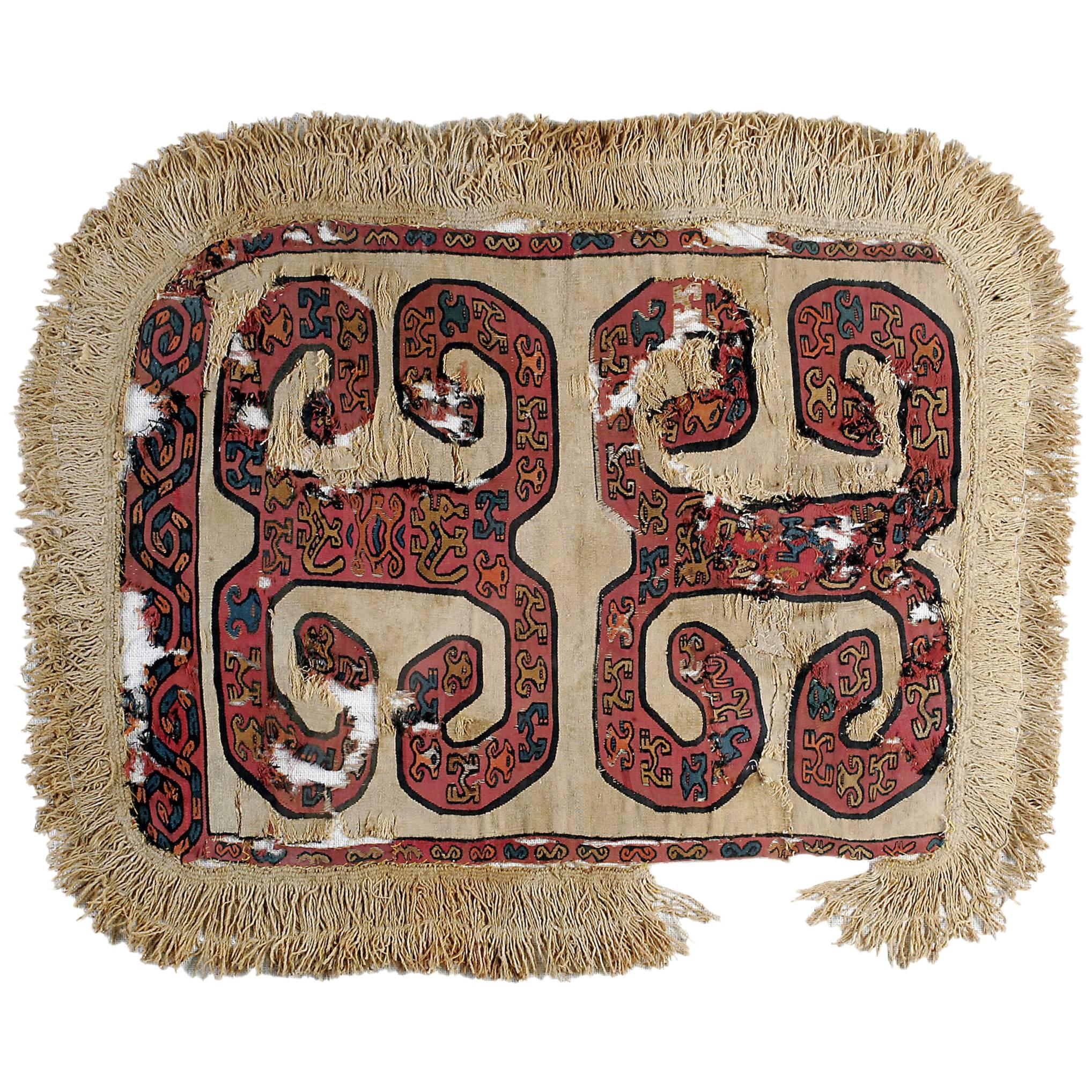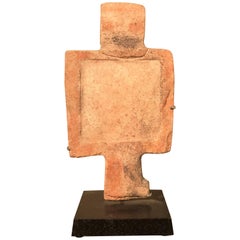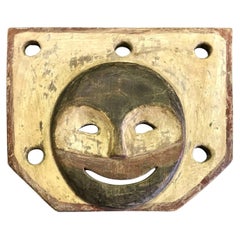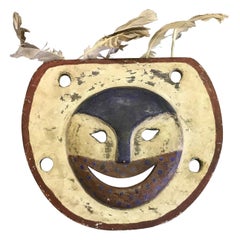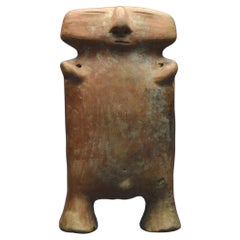
Colombia, 800–1200 AD, Quimbaya Culture, Anthropomorphic Terracotta Statuette
View Similar Items
1 of 7
Colombia, 800–1200 AD, Quimbaya Culture, Anthropomorphic Terracotta Statuette
About the Item
- Dimensions:Height: 7.13 in (18.1 cm)Width: 4.06 in (10.3 cm)Depth: 2.17 in (5.5 cm)
- Materials and Techniques:Terracotta
- Place of Origin:Colombia
- Period:
- Date of Manufacture:800 - 1200 AD
- Condition:
- Seller Location:VILLEFONTAINE, FR
- Reference Number:1stDibs: LU8421234140632
Authenticity Guarantee
In the unlikely event there’s an issue with an item’s authenticity, contact us within 1 year for a full refund. DetailsMoney-Back Guarantee
If your item is not as described, is damaged in transit, or does not arrive, contact us within 7 days for a full refund. Details24-Hour Cancellation
You have a 24-hour grace period in which to reconsider your purchase, with no questions asked.Vetted Professional Sellers
Our world-class sellers must adhere to strict standards for service and quality, maintaining the integrity of our listings.Price-Match Guarantee
If you find that a seller listed the same item for a lower price elsewhere, we’ll match it.Trusted Global Delivery
Our best-in-class carrier network provides specialized shipping options worldwide, including custom delivery.You May Also Like
Ancient American "Human Effigy" Stone Paint Pallet, Anasazi Culture 900 AD
Located in South Burlington, VT
Early American Pre-Historic Human Effigy Stone Paint Pallet, Anasazi culture 900 AD
All stone carvings from America's Prehistoric southwest are scarce. The majority of known carved stones come from the
Mimbres, Hohokam or Casas cultures. So examples of stone carvings from the Anasazi culture
(circa 900–1300 AD) are rare especially human forms which are the rarest and some consider most desirable.
This pallet is likely unique.
The distinguishing characteristic of our paint pallet from the Anasazi culture is its creation from red sandstone- a material that was not used by
the Mimbres, Hohokam or Casas cultures.
Dimensions: 9.25 inches tall, 4.87 inches wide
Quality: it exhibits no less than seven distinct pigment colors on the surface. The obverse has a distinctive head with three dimensional eyes and nose; there are four horizontal bands of color: red, white, dark red/white and black. The center of the pallet has a distinctive white pigment and the border is executed in both red and black. There are two well-defined legs, one red and the other black, which terminate in distinctive feet. On the reverse we find in the center seven clearly defined concentric painted rings, each a different color.
Provenance: old New England collection
Lifetime guarantee of authenticity: All of our works of art come with our lifetime authenticity guarantee.
Our gallery has been dealing in authentic Native...
Category
Antique 15th Century and Earlier American Native American Objects
Materials
Sandstone
Yupik Yup'ik Native American Alaska Polychrome Wood Anthropomorphic Spirit Mask
Located in Studio City, CA
A fantastic, somewhat sinister appearing mask by the Yup'ik (Yupik) aboriginal, indigenous people of South-Western & South Central Alaska. The Yup'ik people, who are related to the I...
Category
20th Century American Masks
Materials
Wood, Paint
Yupik Yup'ik Native American Alaska Polychrome Wood Anthropomorphic Spirit Mask
Located in Studio City, CA
A beautiful, somewhat benevolent mask by the Yup'ik (Yupik) aboriginal, indigenous people of South-Western & South Central Alaska. The Yup'ik people, who are related to the Inuit peoples, have a long history of ceremonial mask making. Yup'ik masks were originally and specifically designed by Shamans and made to be worn by these spiritual leaders in Winter tribal dances and sacred ceremonies. Traditionally, the masks were destroyed or discarded after use in these ceremonies. Very few of these masks survived. After Christian contact in the late 19th century, masked dancing was suppressed and the tradition all but died out. As more outsiders settled in Alaska at the turn of the century, masks were made by the Yup'ik people to sell or trade for necessary goods. It is likely that this mask was created some years later for this purpose.
In the 20th century, Yup'ik mask had a profound influence on many renowned surrealist artists including, Max Ernst, Joan Miro, Leonora Carrington, Victor Brauner, and most notably Andre Breton who was an avid collector of Yup'ik masks.
This fantastic anthropomorphic mask is carved of lighter wood and hand painted/ decorated with pigment. The mask seems to represent some sort of smiling, benevolent spirit or character.
The mask is from a French collection. We were told that this mask, as well as others in the collection we have listed, was acquired originally in the 1950s-1960s in Alaska and the Yukon territory in Canada but as we have no way to verify or authenticate this. Please note we are listing the masks as decorative and not as actual tribal artifacts...
Category
20th Century American Masks
Materials
Wood, Paint
Yupik Yup'ik Native American Alaska Polychrome Wood Anthropomorphic Spirit Mask
Located in Studio City, CA
A beautiful, somewhat benevolent mask by the Yup'ik (Yupik) aboriginal, indigenous people of South-Western & South Central Alaska. The Yup'ik people, who are related to the Inuit peo...
Category
20th Century American Masks
Materials
Wood, Paint
Yupik Yup'ik Native American Alaska Carved Polychrome Wood Anthropomorphic Mask
Located in Studio City, CA
A fantastic and somewhat playful mask by the Yup'ik (Yupik) aboriginal, indigenous people of South-Western & South Central Alaska. The Yup'ik people, who are related to the Inuit peoples, have a long history of ceremonial mask making. Yup'ik masks were originally and specifically designed by Shamans and made to be worn by these spiritual leaders in Winter tribal dances and sacred ceremonies. Traditionally, the masks were destroyed or discarded after use in these ceremonies. Very few of these masks survived. After Christian contact in the late 19th century, masked dancing was suppressed and the tradition all but died out. As more outsiders settled in Alaska at the turn of the century, masks were made by the Yup'ik people to sell or trade for necessary goods. It is likely that this mask was created some years later for this purpose.
In the 20th century, Yup'ik mask had a profound influence on many renowned surrealist artists including, Max Ernst, Joan Miro, Leonora Carrington, Victor Brauner, and most notably Andre Breton who was an avid collector of Yup'ik masks.
This fantastic anthropomorphic mask is carved of lighter wood, hand painted and decorated with pigment, and held together with natural fiber. The mask seems to represent some sort of smiling, benevolent spirit or character with its four eyes, bird beak, and cat-like ears.
The mask is from a French collection. We were told that this mask, as well as others in the collection we have listed, was acquired originally in the 1950s-1960s in Alaska and the Yukon territory in Canada but as we have no way to verify or authenticate this. Please note we are listing the masks as decorative and not as actual tribal artifacts...
Category
20th Century American Masks
Materials
Wood, Paint, Natural Fiber
Yupik Yup'ik Native American Alaska Carved Polychrome Wood Anthropomorphic Mask
Located in Studio City, CA
A fantastic and somewhat grotesquely strange mask by the Yup'ik (Yupik) aboriginal, indigenous people of South-Western & South Central Alaska. The Yup'ik people, who are related to t...
Category
20th Century American Masks
Materials
Natural Fiber, Wood, Paint
